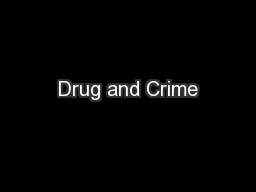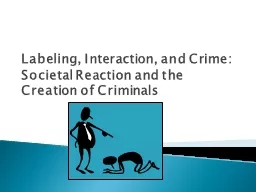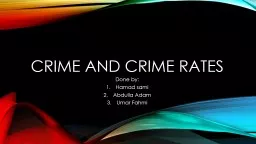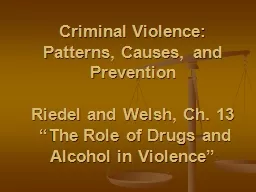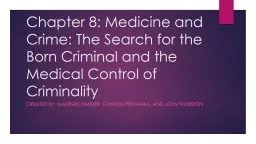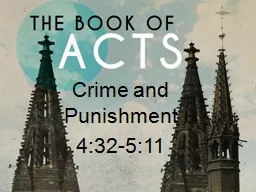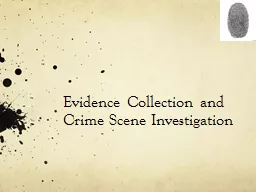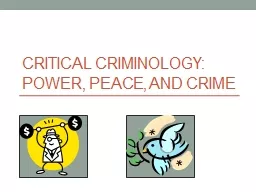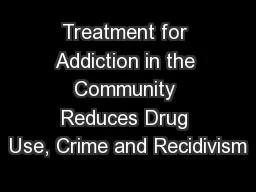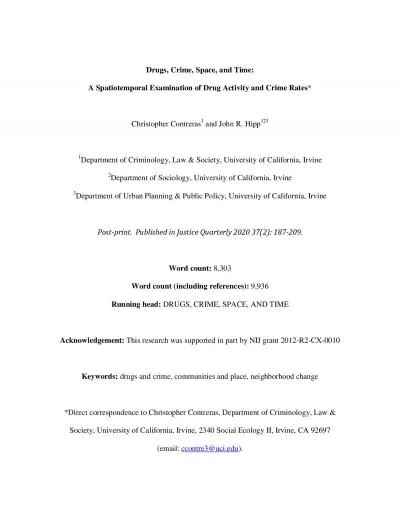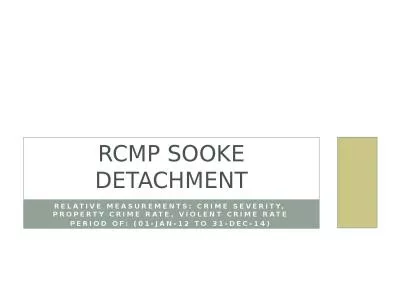PPT-Drug and Crime
Author : natalia-silvester | Published Date : 2016-11-08
Prof M HEvans Reims University A very short summary 5 minutes to summarise I shall mostly draw upon Bennett T Holloway K Farrington D 2008 The statistical
Presentation Embed Code
Download Presentation
Download Presentation The PPT/PDF document "Drug and Crime" is the property of its rightful owner. Permission is granted to download and print the materials on this website for personal, non-commercial use only, and to display it on your personal computer provided you do not modify the materials and that you retain all copyright notices contained in the materials. By downloading content from our website, you accept the terms of this agreement.
Drug and Crime: Transcript
Download Rules Of Document
"Drug and Crime"The content belongs to its owner. You may download and print it for personal use, without modification, and keep all copyright notices. By downloading, you agree to these terms.
Related Documents

